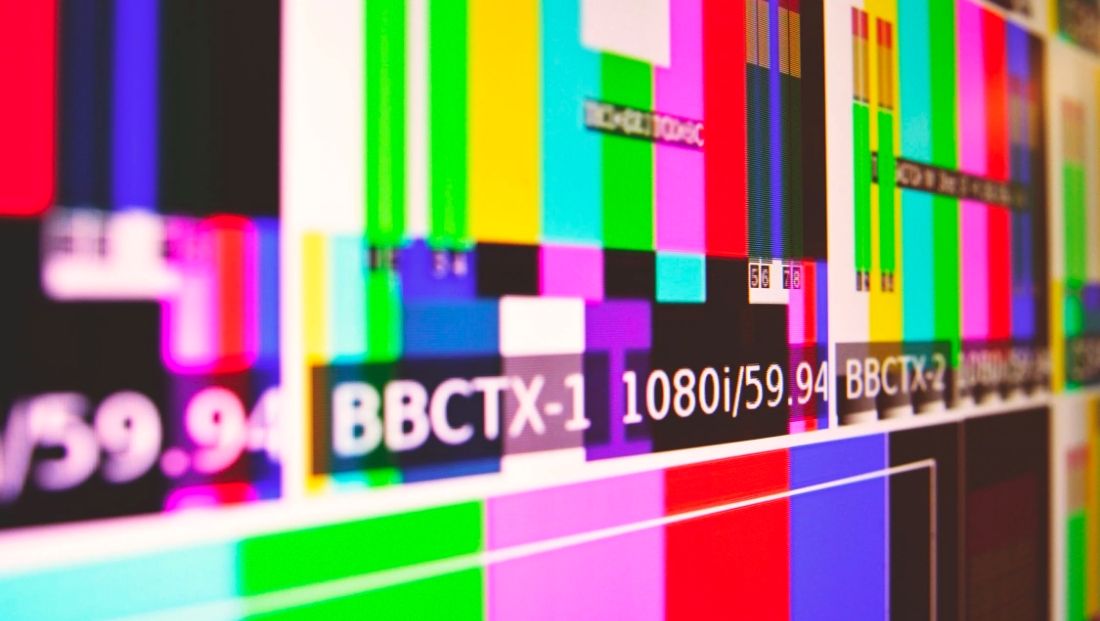What is media orchestration for broadcast?

Subscribe to NCS for the latest news, project case studies and product announcements in broadcast technology, creative design and engineering delivered to your inbox.
For as long as they have existed, broadcasts have always been much more than what you see on the screen or hear on the radio. There’s always production efforts like editing, sound balancing, lighting, scriptwork, and so on happening behind the scenes. It can be a hectic process, and an expensive one for broadcast networks. That’s why, as automation grows in advancement, broadcast networks are turning to media orchestration to help reduce production costs and streamline their broadcast workflow.
What is media orchestration?
Christer Boom, Vice President of Product Management at Net Insight, defines media orchestration as: “a replacement for traditional media asset management systems, allowing for the monitoring and control of many productions as well as the execution of operations that require minimal operator input.”
Media orchestration uses automation and AI to learn the workflow, eventually running complex production tasks itself. This allows network executives to save both the costs and time typically involved in production labor. Media orchestration can’t do everything, but it runs each system that can be learned automatically, minimizing the work your production staff has to do.
How does media orchestration work for broadcast?
Naturally, media orchestration can be a boon when it comes to broadcasts, whether radio, TV, or podcasting. In the early days of its conception, media orchestration, such as Media Asset Management software, was used to automatically distribute and archive content playout. Now it can do much more.
As stated above, media orchestration works through an automated process. It uses intelligent programming to sync with your existing workflow programs and learn your workflow. It even uses built-in decision making systems to streamline your workflows, making for fewer of them. From there, it organizes manual and automated tasks, so that the manual tasks can be handled more efficiently. It can manage files, track data, create schedules, send notifications, and more.
When it comes to broadcasts, it always feels as though you’re running up against a deadline. Even if the broadcast comes across smooth and coherent to viewers, there are dozens or hundreds running around behind the scenes to make sure everything goes as planned. Media orchestration gives your team the support they need so they can relax, and you can be confident in your broadcast.
The benefits of media orchestration
Media orchestration is so widely used in modern broadcasts because it offers a wide range of benefits. From taking tasks out of your team’s hands to making the tasks they do handle easier, media orchestration will change the way you produce.
Some of the benefits include:
- Coordinated workflows. Media orchestration automatically organizes your workflows. It doesn’t just take work off human production teams. It helps them organize the tasks they need to complete and multitask to meet deadlines more effectively.
- Syncs with existing systems. Don’t want the hassle of having to switch from your existing systems to a new media orchestration system? Media orchestration programs can sync with your existing production systems, using them to learn your workflow and improve.
- Allows for scaling. With media orchestration, you can cross geographical lines by broadcasting to several different sites at once, all through the same function. This is perfect for broadcasts with dreams of reaching a global scale.
- Saves money and time. The more you’re able to make use of media orchestration, the more you’ll save on money. Media orchestration can also save your team time, so you can allocate that time to more important things or even enjoy more downtime.
- Works remotely. Media orchestration is often operated from the cloud, so you can use it remotely from your device. This has become especially valuable in the age of social distancing due to the COVID-19 pandemic.
The future of broadcasts with media orchestration
The digital age is still running at top speed, and shows no sign of stopping, even two years after the beginning of the COVID-19 pandemic. In fact, broadcasts have become more and more innovative. Podcasts are the new radio. Web series and Twitch or YouTube streams are watched by tens of millions. Independent creators are putting their broadcasts out there, even with limited production teams, and they’re gaining traction.
So it only makes sense that media orchestration is gaining in popularity. For those producing on their own or with small teams, media orchestration is a must in order to keep up with the fast-moving entertainment industry. It takes hours and hours of work out of their hands and allows them to easily handle playout and distribution, just as it helps major news broadcasts.
“Media orchestration is a fundamental tool to help eliminate production mistakes, ensure a high-quality show, and lower operational costs for production teams. Using some media orchestration solutions, producers gain a nearly 60% decrease in errors during broadcasts, and audiences at home receive a superior viewing experience,” said Ulrich Voigt, Vizrt.
Subscribe to NCS for the latest news, project case studies and product announcements in broadcast technology, creative design and engineering delivered to your inbox.




tags
Artificial Intelligence, Automation, Broadcast Automation, Broadcast Workflow, ip workflow, Net Insight, Orchestration, Remote Production, Video Playout, Vizrt
categories
Broadcast Automation, Broadcast Engineering, Content Delivery and Storage, Heroes, IP Based Production, Media Asset Management, Playout & Video Transmission